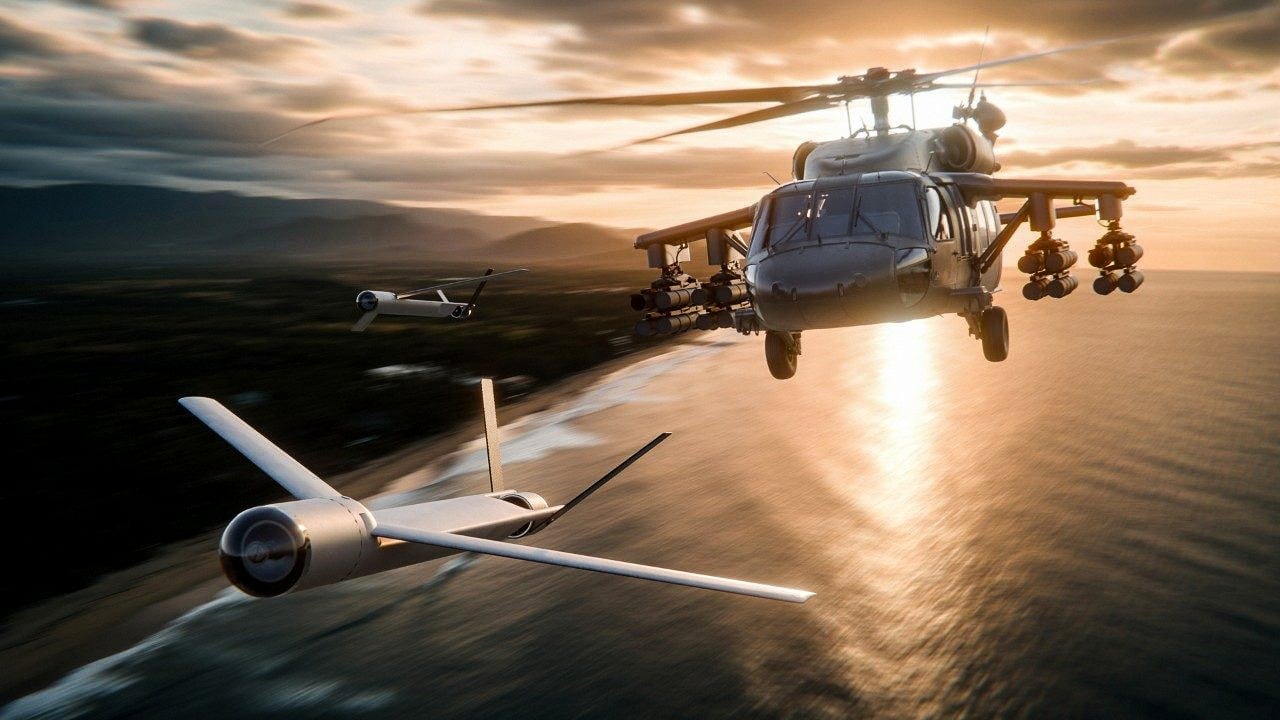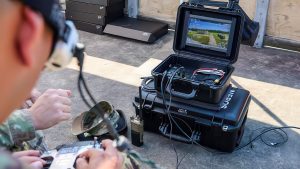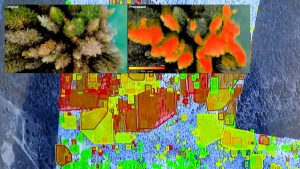Black Hawk Evolution: From Troop Carrier to “Drone-Slinging Sky Titan”
The iconic U.S. Army UH-60 Black Hawk helicopters are primed for a futuristic upgrade. With a $43 million contract awarded to Sikorsky (Lockheed Martin), these renowned aircraft will soon gain the ability to launch and control drones directly from the air, transforming them into advanced battlefield powerhouses.
Why Drones? Why Now?
On modern battlefields, adaptability, rapid intelligence gathering, and versatile responses are crucial. The new drone-launching capability of the Black Hawk enhances multi-domain flexibility:
- Reconnaissance: Deploy drones to scout for threats, similar to sending robotic “canaries” into challenging environments.
- Electronic Warfare: Utilize drones as airborne jammers or decoys.
- Strike Missions: Use armed UAVs to hit unreachable targets.
- Survivability: Drones can explore landing zones, identify ambushes, or generate smoke screens.
Picture a squad in a Black Hawk, able to deploy drones at the touch of a button, each equipped for a specific mission, thereby enhancing situational awareness and maximizing combat effectiveness.
What’s Changing Inside the Black Hawk?
The Digital Backbone: Modular, Open, Future-Proof
The core of this upgrade is a digital backbone—a modular open system (MOSA). This enhancement allows:
- Seamless drone integration
- Quick software updates tailored to missions
- AI-assisted flight controls to help pilots dodge threats and automate tasks
- Improved connectivity for network-centric warfare
Enhanced Airframe and Engines
Furthermore, improvements include:
- Thrust and Payload: More powerful engines and airframe enhancements enable Black Hawks to carry heavier payloads, including more drones.
- Range and Endurance: Enhanced fuel systems extend flight duration, even across vast Pacific regions.
- Maintenance and Cost-Efficiency: Digital diagnostics streamline maintenance, reducing downtime and boosting flight hours per dollar.
The Magic of “Launched Effects”
What Are “Launched Effects” Drones?
These small, modular unmanned aerial systems are engineered to deploy from moving helicopters or vehicles. They are designed for:
- Short-range reconnaissance with live camera feeds
- Medium and long-range intelligence, surveillance, and reconnaissance
- Future potential for universal launchers with a variety of payloads

Sikorsky has demonstrated drone launches from Black Hawks before; with this contract, the Army will field these capabilities starting in 2026.
Real-World Impact: Tactical Advantages and New Dilemmas
Combat in the Indo-Pacific and Beyond
This upgrade offers the U.S. Army a tactical edge in potential conflicts in regions like the Indo-Pacific, characterized by long distances and dispersed operations. Helicopters that can scout swiftly or disrupt enemy formations serve as force multipliers.
Countering Modern Threats: Lessons from Colombia
Recent conflicts highlight the threat posed by small FPV drones, which are difficult to detect and defend against due to their speed and low visibility. By integrating drones into the Black Hawks, crews gain robotic scouts and defenders, significantly boosting survivability.
Behind the Scenes: Model-Based Systems Engineering
This transformation leverages model-based systems engineering (MBSE), allowing engineers to digitally simulate upgrades and test new architectures, revolutionizing the way future tech integrates with helicopter systems.
The Road Ahead: What’s Next for Black Hawks?
- Expected service entry for first upgraded units in 2026
- Potential future autonomy features, allowing self-piloting or automated missions
- AI-driven mission support for enhanced crew safety and efficacy
As the Army invests in forthcoming platforms, questions remain about the Black Hawk’s future role. However, these upgrades promise continued relevance amid evolving warfare landscapes.
Human Element: Army, Engineers, and the Sikorsky Team
The narrative isn’t just about technology but the people behind it. Sikorsky’s blend of expertise and innovation drives this transformation, ensuring that the Black Hawk remains vital to missions and a symbol of resilience.
Fun Facts, Pop Culture & Future Hype
- Imagining “Black Hawk Down” remade with drones deploying from helicopters during rescue missions.
- Inspiration for war games and flight sims, reflecting real-world tech advancements.
- Social media highlights and memes emphasizing advanced air capabilities.
Why It Matters—For Military, Tech Enthusiasts, and the Drone World
- Military: Ensures survivability and versatile capabilities.
- Tech Enthusiasts: Showcases modular, open architectures and drone swarming technologies.
- Drone Industry: Provides a proving ground for flexible drone integrations.
The Black Hawk’s new capabilities signify a fusion of tradition and innovation, representing a strategic evolution in military aviation and drone technology.













